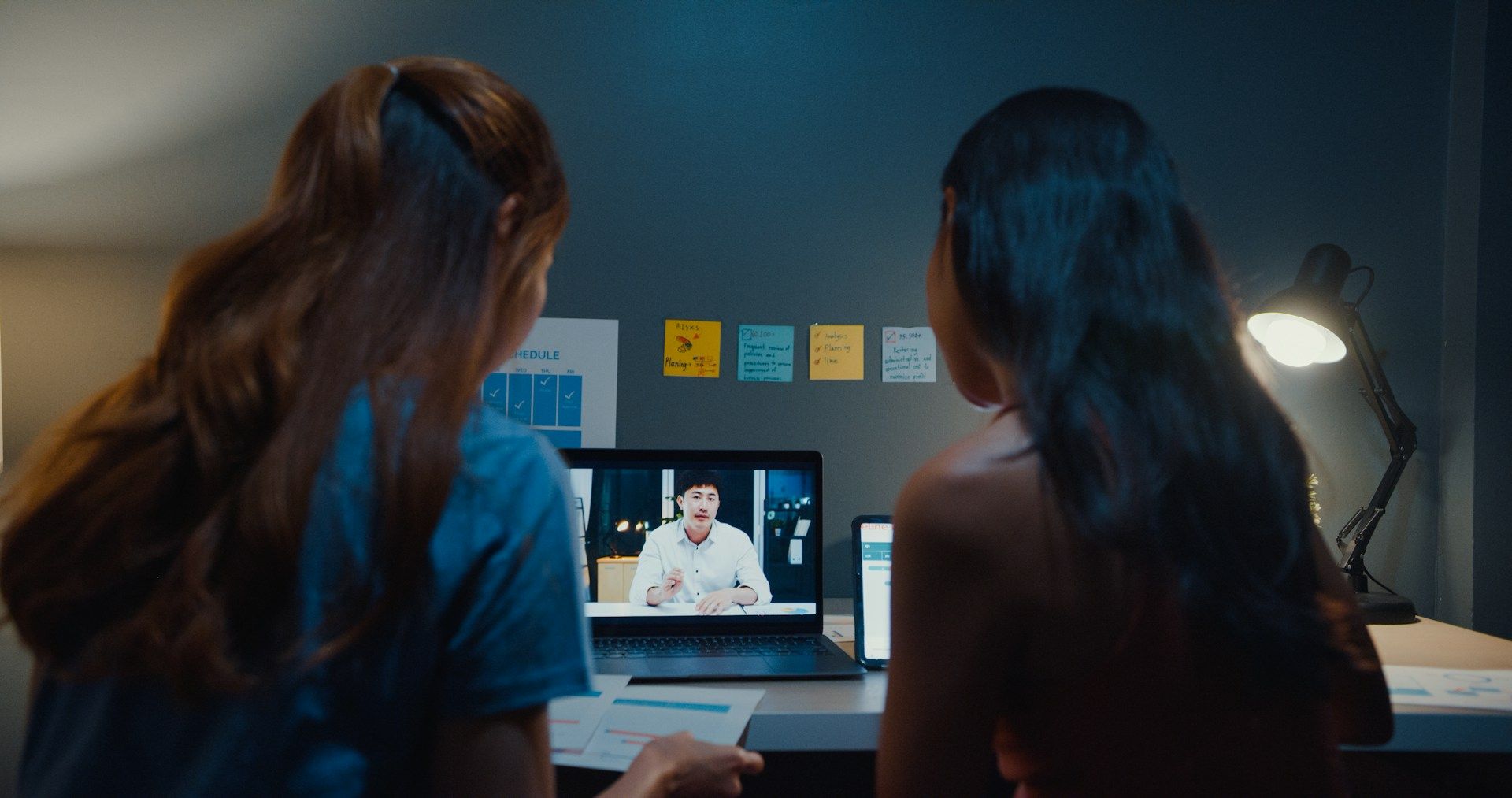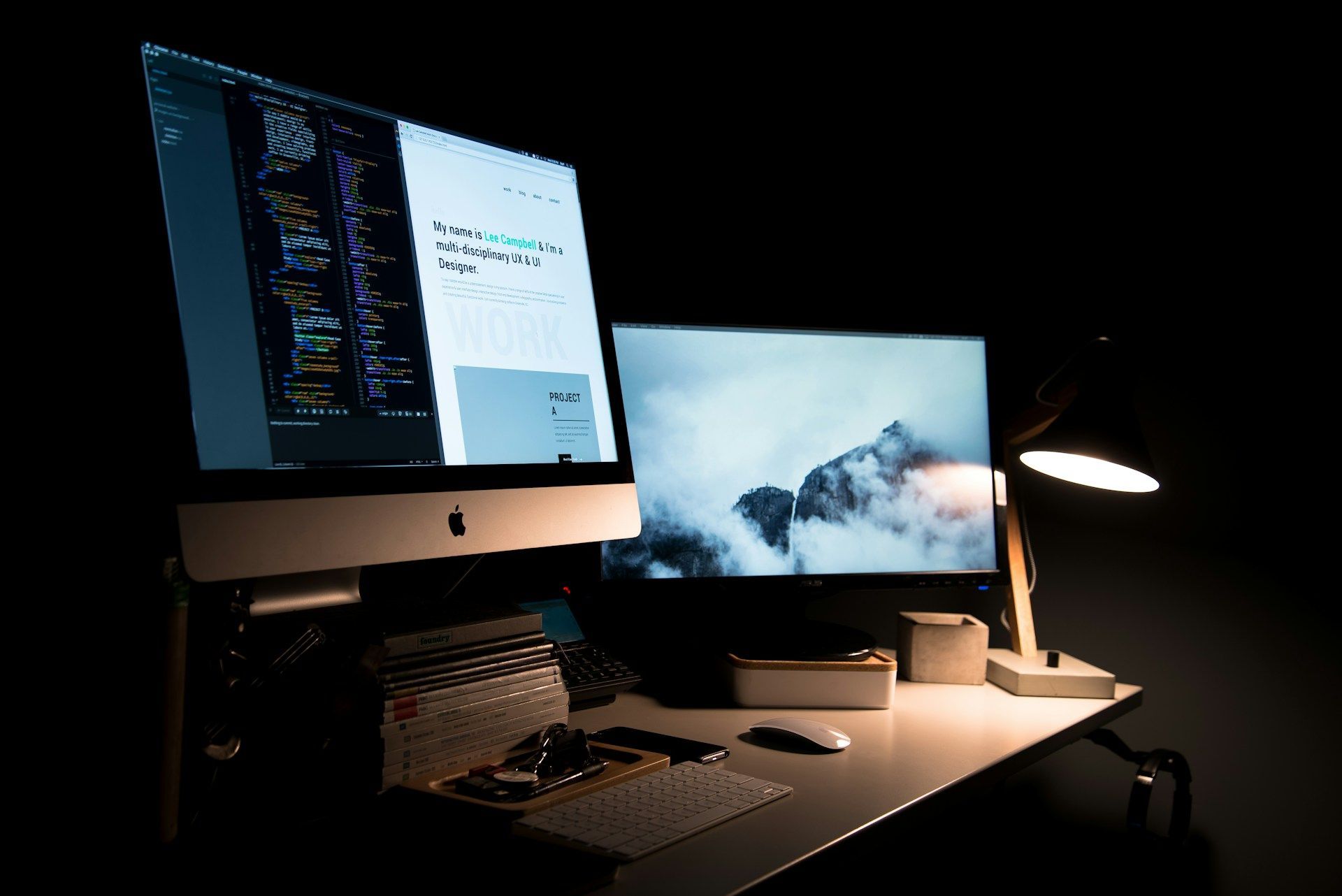Blending Video And Photos For Better Marketing
Marketing content that grabs attention and sticks in someone's mind usually strikes a balance between visual and emotional appeal. When you're scrolling through your feed, it's often the eye-catching visuals that make you stop. Between videos and photos, both have their own way of pulling people in, but when they’re used together, their impact multiplies. Instead of choosing one over the other, combining the two can deliver a fuller experience that keeps people interested longer.
This is where blended media comes in. By merging the motion and depth of video with the sharp, focused detail of photography, brands can create more engaging, layered stories. Whether you're trying to introduce a product or promote an event, using both photos and video expands the way you connect with people. It’s not just about content looking nice. It’s about weaving photos and motion together in a way that feels natural and purposeful.
Why Combine Video and Photography?
Video grabs attention quickly. It brings movement, timing, sound, and pacing into your message. People can understand who you are or what you’re sharing without even hearing a word. Think about a quick video of a product in action. It tells a story in seconds and shows how something works better than just explaining it.
On the other hand, photography captures specific points in time. A good image paints a clear, focused picture. It’s great for websites, print materials, social media posts, and more. Quality photos help build trust. They can make your brand or product look polished and consistent wherever they’re used.
Blending the two gives you the best of both. When they’re used together in one plan, here’s what you get:
1. Short videos introduce your message, then strong photos reinforce it.
2. Videos tell a broader story, and photos back it up with still moments the viewer can focus on.
3. Different people respond better to different formats. Some will pause on a video, while others prefer still images.
4. Reusing visuals across video and image formats saves time. You can shoot once and pull assets from both.
For example, a restaurant might create a 30-second behind-the-scenes video showing their signature dish being made. They can pull still images from that same shoot, like an up-close shot of the final plate or a wider image of the kitchen team plating the meal. These can be shared across social posts and their website. The mix gives the viewer more points of contact with the content, without it feeling random or disconnected.
When you combine both formats thoughtfully, your visuals start to feel more like a story, not just separate posts or pieces. It helps create a style that people remember.
Strategies for Blending Video and Photos
Using both videos and photos in a way that flows naturally is about more than just dumping them together in a post. It comes down to style, purpose, and planning. The way you mix them can either feel smooth and professional or cluttered and mismatched.
Here are some tips to make your blend look intentional and polished:
1. Start with one message. Keep the story or goal of your content clear. This helps you decide how much of the video or how many photos you actually need.
2. Match the tone and style of your visuals. Whether light and fun or moody and dramatic, both video and photos should reflect the same mood.
3. Use still images inside videos. You can overlay high-quality photos on top of motion clips to give your viewer a moment to pause or highlight a key point.
4. Add looping motion to photo slideshows. Small video elements inside a slideshow, like a flickering candle or moving leaves, can add body and life without distracting too much.
5. Stick to a clean format. If you're posting online, make sure your photo and video sizes work well together. Avoid jumping between different sizes or layouts unless it's a clear creative choice.
Blended content works best when it moves people seamlessly from one piece to the next. When the transition between video and photos feels natural, your audience stays more focused. Try to keep your edits light, your visuals steady, and your message clear. That way, viewers remember what you said, not just how it looked.
Tools and Techniques
Combining video and photography is made easier with the right tools and a thoughtful approach. A variety of software can help make this process smoother and ensure your content looks its best no matter the platform. Applications like Adobe Premiere Pro and Final Cut Pro allow for comprehensive editing where you can blend photos into videos effortlessly. For those who prefer simple tools, Canva offers an easy-to-use platform for creating visually appealing content using both elements.
When shooting your content, consistency is key. Keep the same lighting conditions and camera settings for both photos and videos to maintain a uniform look. This might mean setting a specific time or place to capture all your material. During editing, focus on color grading to ensure your photos match the same tones as your videos. Techniques like masking can help blend photos into video scenes or create seamless transitions that add depth without adding complexity.
To get the most out of your content, consider where you'll be sharing it. Social media platforms have different requirements for videos and images. Instagram favors high-res photos, while TikTok focuses on quick, attention-grabbing video clips. Your website likely needs a mix to keep visitors engaged. Pay attention to resizing and formatting restrictions to make sure your assets load quickly and look appealing across every platform you use.
Enhancing Engagement and Conversion
Blended media offers an immersive experience that draws people in. When visitors are presented with both photos and video in one sitting, they’re more likely to stay longer and absorb your message. That higher level of attention often leads to more people taking action, whether it’s making a purchase, signing up for an email list, or visiting your store.
To keep your content engaging, track what your audience actually interacts with. Google Analytics and similar tools can help you see how long people stay on a page, whether they clicked a video, or how many views a photo gallery received. Use these insights to adjust your strategy and focus on what’s making the most impact.
Clear goals help, too. Decide early on what your content is meant to do. Are you trying to promote a new service or grow your social following? Knowing your purpose will help guide the shape and format of your visuals. Once you find a combo of photo and video that really works, stick with it and build on it.
A/B testing is another helpful strategy. Trying out two versions of the same piece of content, each with a different balance of video and photos, can help you spot what your audience prefers. Over time, you’ll be able to predict what works best and adjust more quickly.
Crafting Your Unique Visual Strategy
Creating a strong visual plan means aligning how you present your content with your overall brand identity. Start by thinking about what your brand stands for and how that should come across visually. Whether it’s clean and modern or bright and playful, your blend of video and photography should reflect that across every platform.
A clear content calendar keeps things organized. Plan out when and where you’ll post each piece of content, giving equal attention to both video and photos. A steady rhythm of publishing helps keep your brand familiar and relevant in people’s minds over time.
Leave room to explore and try new things. Maybe it’s testing a new video style or experimenting with a different photo layout. These small changes can reveal what feels most natural and effective for your brand. Over time, you’ll build a visual language people associate with your business, which strengthens recognition and trust.
Making an Impact With Blended Visuals
Using both video and photography helps tell your story in more ways than one. Each format grabs attention in different ways, and when used in harmony, they create a fuller, more memorable experience. Instead of thinking of them as separate tools, see them as parts of the same approach.
Start planning visuals that speak consistently across formats. The more aligned your content is, the more impact it has. Whether you’re spotlighting a product, an event, or a service, a blended visual strategy can keep your audience engaged and interested long enough to take action.
When it comes to standing out, blending video and photography puts more creative tools in your hands. Try new combinations, watch how people respond, and let your visuals grow alongside your brand. Oddball Creative is ready to help you bring that vision to life.
Ready to elevate your brand storytelling with a compelling blend of video and photography? Dive into the world of dynamic visual content creation by partnering with Oddball Creative, where our expert video production team helps you seamlessly integrate these powerful mediums. Transform your marketing efforts into memorable experiences that captivate and engage your audience effortlessly. Discover the impact of harmonized visuals today!



